The Lodger (1927)
Publicity still of Ivor Novello for The Lodger / Alfred Hitchcock Wiki
Although he had directed films before The Lodger, Alfred Hitchcock described this as his true directorial debut. Indeed, watching the film today is complicated by just how much one knows about the director and his personal styles. Many of his signature moves seem to be present here, preternaturally present, elements of an authorial signature that is still to be fully defined in the future: a mysterious and morally ambiguous main character, plot twists and last minute revelations, endangered innocents, eloquent cinematography, a brief appearance by Hitchcock himself (the first of many to come), and of course, blonde women!
The full title of the film defines this as “A Story of the London Fog”, and with this Jack the Ripper plotline the film literally starts with the murder: a close up of a woman’s terrified face screaming straight at the camera, and presumably her killer, her blonde curls glorified in a backlit halo. Combining the abruptness of pure emotion with the humor and irreverence that will soon become a staple of the Hitchcock style, the film explains that this is the seventh victim of a serial killer who seems to select his victims for their golden hair, whether natural or peroxide-enhanced, and follows up with a funny sequence in which spooked dance girls contemplate wearing dark wigs before leaving their dressing room. Mothers try to keep their blonde daughters at home! Professional blondes consider going back to their roots!
It is into this context of social unease and misty, foggy nights in an expressionist urban landscape that a mysterious man arrives at the doorstep of a family with a room to let. This stranger, of course, begins to keep to himself in a way that becomes increasingly unnerving. Is Jonathan Drew (Ivor Novello) the serial killer on the loose, or is he unjustly suspected because he is a sensitive, slow-moving, intense, silent young man? In contrast to the moody shuffling about of their new lodger, the Bunting family is cheerful and solid. Always interested in social distinctions, Hitchcock contrasts the familial space of the kitchen in the basement with the refined sadness of the lodger and his room. The landlady’s daughter, Daisy (June), is soon caught between the easy social manners of her boyfriend Joe (Malcolm Keen), a policeman investigating the murders, and the attractive stranger upstairs whose shy reluctance has its own vampish allure. Annoyed by the interference, Joe begins to suspect that Drew is the killer, and the story takes off from there, with prejudice, jealousy and sexual competition confusing the detective work as bodies continue to pile up.

The film includes a rather daring range of visual experiments, which Hitchcock has explained as a combination of his American training in editing style and his work with German Expressionist directors at UFA in previous years. In the recent digitally restored version, these aesthetic choices shine once more: we have blinking neon signs that advertise the uncannily named play “Golden Curls,” art deco intertitles, expressionist lighting schemes, startling close-ups of Drew’s scarf-covered face, a complex bird’s eye view shot of an oval staircase with the lodger’s hand in perfect focus as he descends, dimly lit and claustrophobic exterior spaces under a streetlight, and the celebrated shot of the family room ceiling with its swaying chandelier evaporating to reveal Drew’s anxiously pacing feet upstairs. There is also a set piece that opens the film and functions as a miniature documentary: it tracks the way a murder becomes news, from the eye witness’s testimony, to the policeman’s investigation, the journalist’s report, and the actual process of printing the newspaper and delivering it in a van through the sleepy city streets. This unexpected procedural segment contributes to the film’s interrogation of the appeal of murder and its presence in public culture. Murder thrills, and murder sells.
Both The Lodger and Fritz Lang’s M a few years later depict the serial killer as a city creature, feeding on the complexity and anonymity of the metropolis and in turn fueling the city’s desire for transgression and gore. Hitchcock identifies social paranoia as part of the problem, as the unknowable city is potentially both sexy and dangerous, and modernity becomes the facilitator, if not the cause, of new social and sexual pathologies. In addition to the sense that the elusive murderer is motivated by a new sexual fascination with blonde hair (a case of textbook cinematic fetishism), as well as a kind of implicit pop-psych misogyny (the killer is dubbed “The Avenger” as if he is avenging on women some kind of wound the women have enacted on him), the film also presents the strange dynamic of crowds, with neighbors and spectators always on the verge of becoming a mob and victimizing the vulnerable. When confronted, Drew presents a touching defense: not only is he not the killer, he is hunting the killer himself in order to avenge the death of his own sister, the first victim.
While this explains Drew’s maps of the murders, his suspicious outings, and his collection of newspaper clippings of the serial killer’s exploits (for a while, anyway), it does not protect him from a spontaneous mob about to enact its own vengeance. With Drew handcuffed, hanging from the embankment railing, and under attack by an unruly mob, the last minutes of the film offer one plot twist over another, and articulate a question that Hitchcock fans will find familiar: the killer’s compulsion, the crowd’s bloodthirst, the viewer’s breathless anticipation, are these emotions all that different from each other? Taunting audiences for their own fascination with murder is another classic-to-be move. Hitchcock’s most intimate insights on mass culture are already present in The Lodger, and the movie combines secret thrills and guilty pleasures, the conflicting desire to catch a murderer but also potentially let him get away with it.
— Despina Kakoudaki
Blackmail (1929)
With features that anticipate Hitchcock’s classic American period — a young blonde woman consumed by guilt, a hero as unsavory as the villain, and a famous landmark as the setting for the climax — Blackmail (1929) deserves a place alongside the director’s most celebrated titles.
Adapted from Charles Bennett’s popular West End drama, the thriller was released first as a sound picture — promoted as Britain’s first talkie — then as a silent feature for exhibition in theaters that hadn’t yet been equipped for sound. Both versions follow the fortunes of Alice White (Anny Ondra), a young London woman living at home and working in the family tobacco shop, and Frank Webber (John Longden), her boyfriend and Scotland Yard detective. After a spat with Frank, Alice accompanies another admirer — artist Crewe (Cyril Ritchard) — to his flat, where after some mutual flirtation, Crewe tries to rape her, and Alice stabs him to death in self defense. Enterprising extortionist Tracy (Donald Calthrop) finds evidence incriminating Alice and attempts to shake down both the young woman and Frank, who has been assigned to the case and who has discovered Alice’s part in the death. Frank threatens to blame the killing on Tracy, who flees, only to fall to his death after a chase through the British Museum. The film ends with the case closed, and Alice’s secret safe (for now) with Frank.
The setting of the rape scene in Crewe’s top-floor walk-up establishes the psychological depth of Blackmail. Filled with costumes, a mask, and large canvases that look like theatrical backdrops, the artist’s combination flat-studio has the air of a lumber room of the unconscious, a place where suppressed impulses irrupt far away from societal restraints (represented by the shot of an unsuspecting Bobby walking the street below, intercut with the attack sequence in both versions).

In Crewe’s flat, Alice discovers the artist’s painting of a jester who points and sneers scornfully at the viewer. She laughs and points at the canvas, mimicking the portrait. Robin Wood and Tania Modleski discuss this figure in detail, as part of a pattern of jokes in the film at characters’ and perhaps the viewer’s expense. After the attack, Alice angrily slashes the portrait with her hand, and the moment crystallizes why Blackmail endures after so many years. Mirroring her killing of Crewe, Alice’s gesture likewise reveals a woman who resists, by any means necessary, submission to the various men in the film who try to control her. If we consider the painting a representative work of art, perhaps even a stand-in for the film, the portrait slashing suggests that Alice, by resisting victimhood and turning the tables on her male assailant, has also altered narrative convention.
The irony, of course, is that Alice’s rebellion remains invisible to all but the audience, Frank, and Tracy. She is never charged with killing Crewe, despite her attempts to confess, because no one at Scotland Yard can believe a young, pretty woman capable of murder. When, at the end of the film, the portrait of the jester once again confronts Alice at Scotland Yard, where it has been brought as evidence, it reminds us that Alice remains ensnared, beholden to Frank for what’s become a diminished, guilt-ridden freedom.
— Mike Nelson
Rich and Strange (1931)
Publicity photograph from Rich and Strange / Alfred Hitchcock Wiki
Hitchcock’s biographers have pointed out the very personal nature of Rich and Strange, which reflects many aspects of the marriage between Alfred and his wife Alma Reville. Neither engaged in dalliances like those of the couple in this film (though Hitchcock’s emotional involvement with some of his leading ladies in the late ’50s and early ’60s might give one pause), but a number of references to their own marriage were written into the film. The story also reflects their lifelong love of travel. They in fact they decided to marry while sitting in the stateroom of a ship not terribly unlike the one featured in this movie.
Today we view Hitchcock from the standpoint of the image that he carefully crafted for himself, as the Master of Suspense. Early in his career, however, he was not interested exclusively in suspense films and confessed in interviews late in life that while he would have enjoyed experimenting with other genres, his ongoing success in suspense (as well as his own intense interest in the genre) directed the path his career would take. In 1931, though, the year in which Rich and Strange was released, he was a director who had actually made films in a number of genres, even if his greatest successes had been the murder mysteries, The Lodger, Blackmail, and Murder!. If he’d had a hit with a comedy or romantic drama, perhaps his career would have progressed differently.
Rich and Strange is a comedy about a married couple who win an ocean voyage that takes them around the world, where their marriage nearly flounders and the boat literally does. Happily married at the outset, they each have a shipboard romance, only to reunite at the end before the ship sinks and they are rescued by a Chinese junk. Returning home, less has changed than they had imagined during their travels.

The film is interesting to many film students for the manner in which Hitchcock tells the story of a voyage. Along with extensive footage taken on studio sets, there was intercut a significant amount of footage of an almost documentary nature taken from onboard ships, shots that give the film an unusual degree of verisimilitude. The primitiveness of the film is also evident throughout. It is an early talking film and you can see them struggling throughout with the conventions of the new form. The film continues to utilize title cards in addition to the rather ancient microphones. In one scene shot outdoors, for instance, the wind blows into the microphone, interfering with the dialogue.
Hitchcock’s star for the film was Joan Barry, who holds the distinction of having provided the voice for the first English talking film ever made, Hitchcock’s Blackmail. Although the film starred the Polish-born German actress Anna Ondra, when the decision was refit the film as a talkie, her thick accent created major problems. Barry was brought on to record Ondra’s voice. Hers was literally the first female voice heard in British film.
— Robert Moore
The Man Who Knew Too Much (1934)
Photo: Criterion
The only film Hitchcock ever remade (officially, that is, since he certainly re-imagined The 39 Steps as North by Northwest, but more on that below), one would be forgiven for assuming that this first go around must not have been much of a success. If it had been a triumph, then why would Hitch have rolled it back out 20 years later, rewriting key sequences and drastically expanding the plot (and runtime)? But, the surprising thing is that this first version is a crackling thriller, and is every bit as interesting as the other films from this period (though it also suffers from many of the same limitations).
The story will be familiar to those who’ve seen the remake, though it is by no means identical: a young family, vacationing in Switzerland, stumbles into an international plot to assassinate a European diplomat. Their daughter is kidnapped after they come into possession of some key information (the “too much” of the title), and they race back to England in an effort both to save their child and thwart the assassination plot. Unable to confide in the police for fear of reprisals by the kidnappers, they use ingenuity, steadfast determination, and a whole bunch of British upper-lip-rigidity. (I mean, their daughter gets kidnapped, and when his wife begins to cry, the husband says “steady, steady” as though she was upset because she’d just put a scratch on her car. And, when she hears this, she actually stops crying.)
Though not necessarily a wholly successful picture, the first Man Who Knew Too Much still features a few undeniably bravura set-pieces. An early sequence in which a couple dances around a ballroom, unwittingly entangling everyone on the floor with a length of yarn which has become attached to them, is justly revered for its combination of adorability and the sudden shocking violence which breaks the spell as a bullet cuts through the room. The scene in a malevolent dentist’s chair anticipates, among other things, the centerpiece of Marathon Man. And the unforgettable climax of the film — the attempted assassination during a concert performance at the Royal Albert Hall — demonstrates every facet of Hitchcock’s genius at roiling an audience up to a frenzy of anticipation. Just before the bullet is fired, the screen dissolves into fog. We begin to lose our focus as well. Where is the shooter? Where are we in relation to the impending violence? Will the bullet find its mark? Then, suddenly, a scream.
The Man Who Knew Too Much is also notable for being Peter Lorre’s first English-speaking role — a Jew, he had only recently run from his home in Eastern Europe following the Nazi march to power. Astoundingly, he had convinced Hitchcock that he was up to the part (and, make no mistake, he was) even though he could barely speak any English! It is said that he learned his lines phonetically, and shocked everyone on set with his ability to deliver them with his trademark sinister magnificence. One of my favourite actors, it is a treat to watch him in such a demanding (and bizarre) circumstance.
— Stuart Henderson

In this special section we offer a combination of newbie primer and veteran refresher course in the major works by this most major of filmmakers. For those of you to whom the master of suspense is an unknown country, these 35 articles should help you to decide where to go, and what to look for when you get there. For the rest of you, we hope you’ll find some stimulating insights and clever approaches to films that, many of them at least, have become iconic. Penned by a variety of writers, some of them PopMatters regulars and others who’ve come to us especially for this project, this isn’t just a bunch of blind praise, and there certainly isn’t any uniformity on display. Instead, we have a messy, collaborative effort, comprised of the efforts of students, critics, detractors and admirers of the big man and his astoundingly dense and diverse career. — Stuart Henderson
- Director Spotlight: Alfred Hitchcock - PopMatters
- Alfred Hitchcock
- The Three Faces of Hitchcock - PopMatters
- The Outer Beauty in Hitchcock's 'Rebecca' - PopMatters
- Alfred Hitchcock: A Life in Darkness and Light by Patrick McGilligan ...
- Hitchcock's Under Capricorn Is More Than a Costume Drama ...
- Why Would Criterion Want Alfred Hitchcock's 'Foreign ...
- Alfred Hitchcock May Be a Moralist, but He Does Not Moralize ...
- Hitchcock Breaks the Sound Barrier in Blackmail and Murder ...

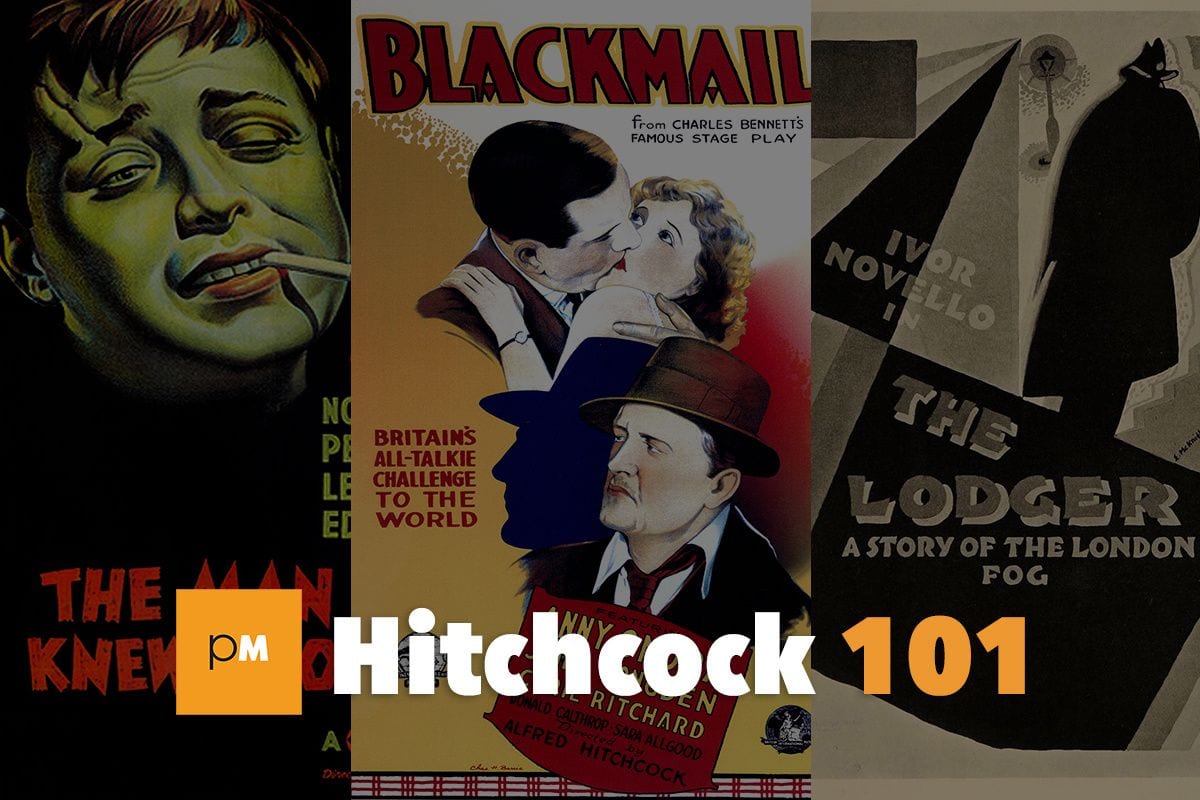
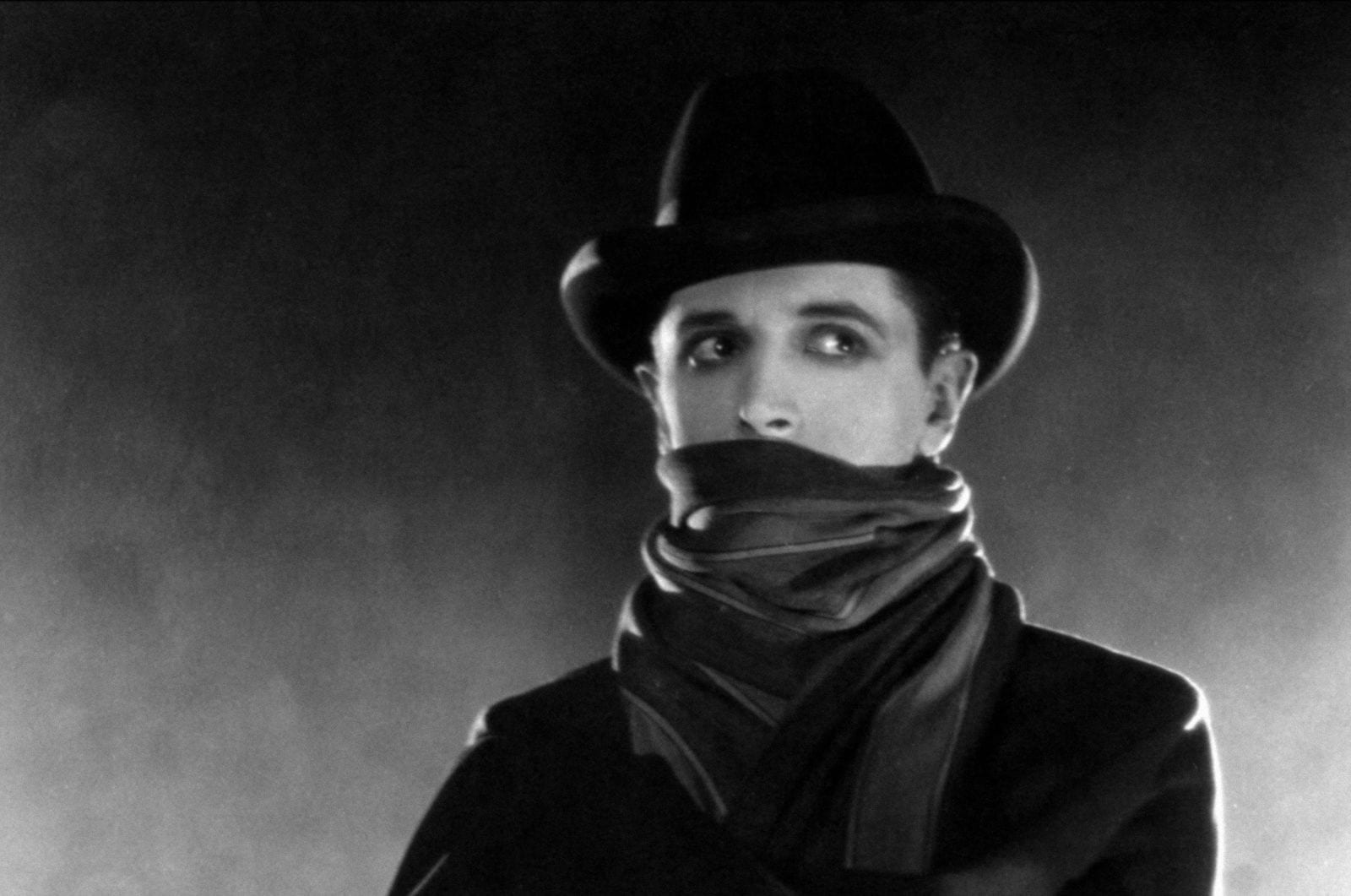
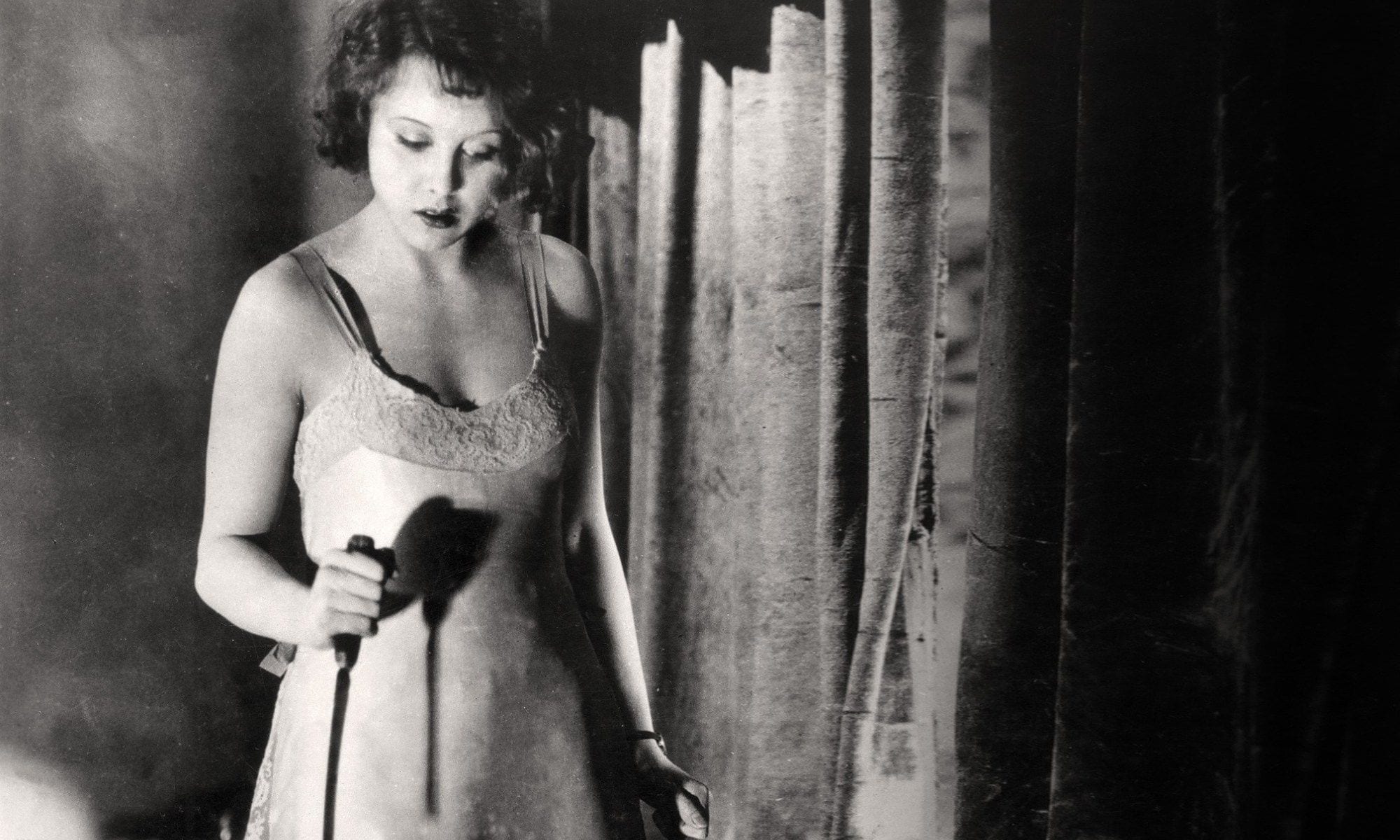
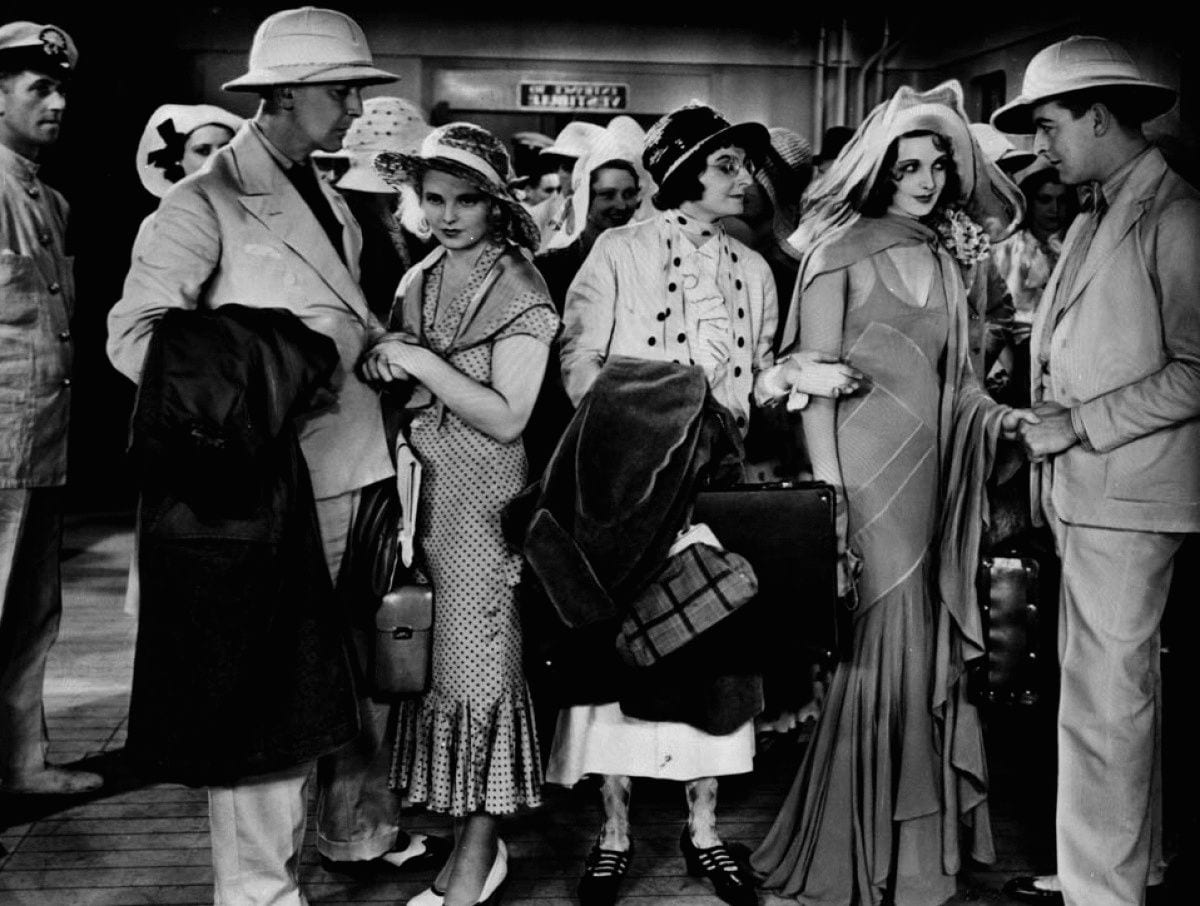
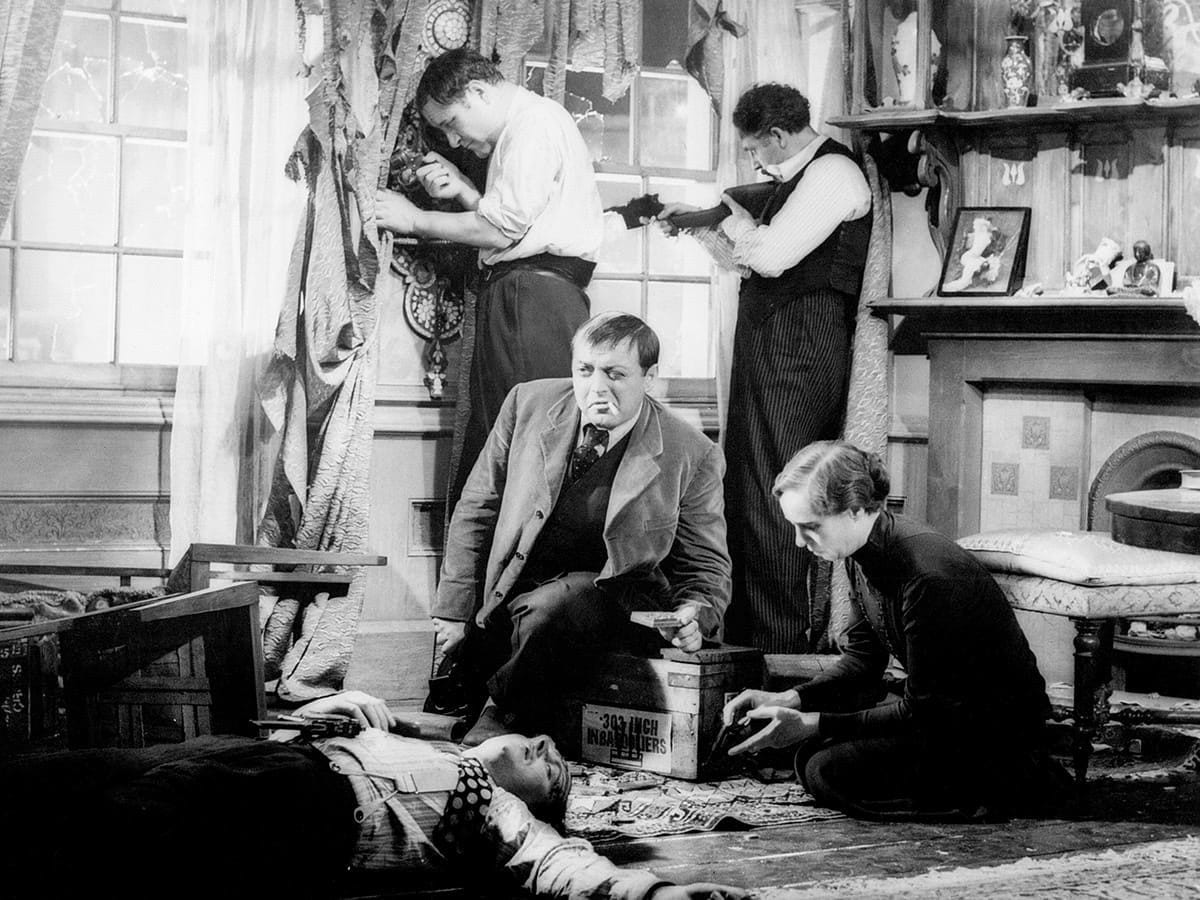
![Call for Papers: All Things Reconsidered [MUSIC] May-August 2024](https://www.popmatters.com/wp-content/uploads/2024/04/all-things-reconsidered-call-music-may-2024-720x380.jpg)



